
Cell Nucleus function, structure, and under a microscope Rs' Science Eukaryotic cell
The only structures found in animal cells but not plant cells are the centrioles and microvilli. Plant cells also have additional structures: the cellulose cell wall, large permanent vacuoles and chloroplasts. The ultrastructure of an animal cell shows a densely packed cell - the ER and RER and ribosomes form extensive networks throughout the.

Transmission electron micrograph of animal cell Stock Image G450/0051 Science Photo Library
It is responsible for controlling the cell. 2.3.3 Identify structures from 2.3.1 in electron micrographs of liver cells. Figure 2.3.2 - Electron micrograph of an animal cell 2.3.4 Compare prokaryotic and eukaryotic cells. Prokaryotic cells have naked DNA which is found in the cytoplasm in a region named the nucleoid.
clothes and stuff online Animal Cell Electron Micrograph
Figure 2 (a) A transmission electron microscope. (b) A transmission electron micrograph of a frog leukocyte (white blood cell). The nucleus and nucleolus (Section 4.3), mitochondria (Section 4.10) and Golgi apparatus (Section 4.7) can be seen. The dark area of the nucleus contains densely packed DNA. Show description.
.jpg)
Year 11 Bio. Key Points February 2013
Animal cell. Transmission electron micrograph of a mammalian tissue culture cell. Taking up most of the cell is the nucleus, where genes are stored in the form of chromosomes. The dark zone (centre right) in the nucleus is the nucleolus. This is the most active part of the nucleus, and contains unravelled chromosomes involved in making protein.

Biology 130 Lab 3 Electron Micrographs
In this video lecture, students will learn how a typical animal cell looks like an electron microscope. The students will also learn how to label different s.
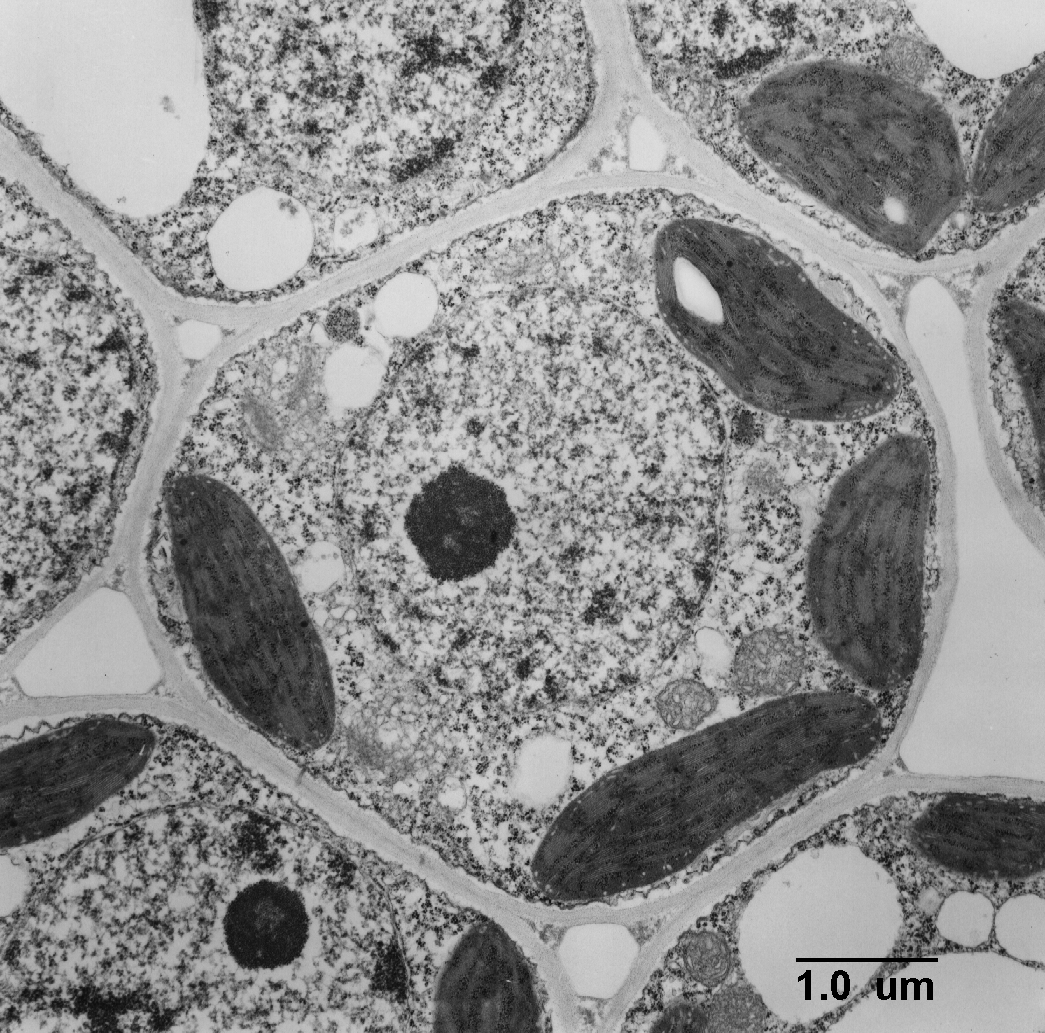
TEM of Plant Cell
Animal Cell Structure Animal cells are typical of the eukaryotic cell, enclosed by a plasma membrane and containing a membrane-bound nucleus and organelles. Unlike the eukaryotic cells of plants and fungi, animal cells do not have a cell wall.
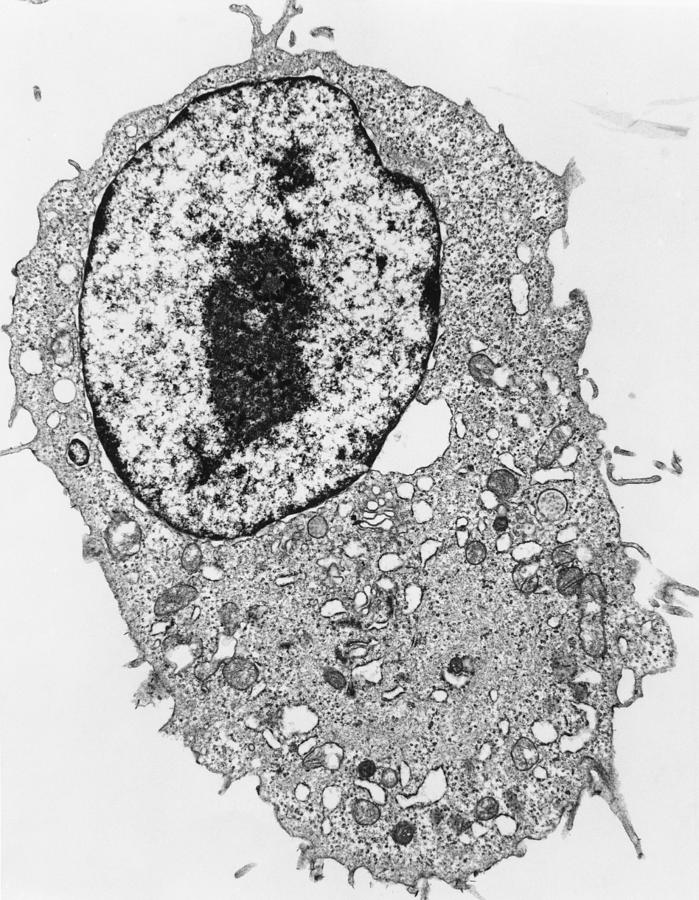
Unit 7 Microscopes & Cells Grade 6 Science
EM tomography. Spherical protein shells of the hepatitis B virus are preserved in a thin film of ice (A) and imaged in the transmission electron microscope. Thousands of individual particles were combined by EM tomography to produce the three-dimensional
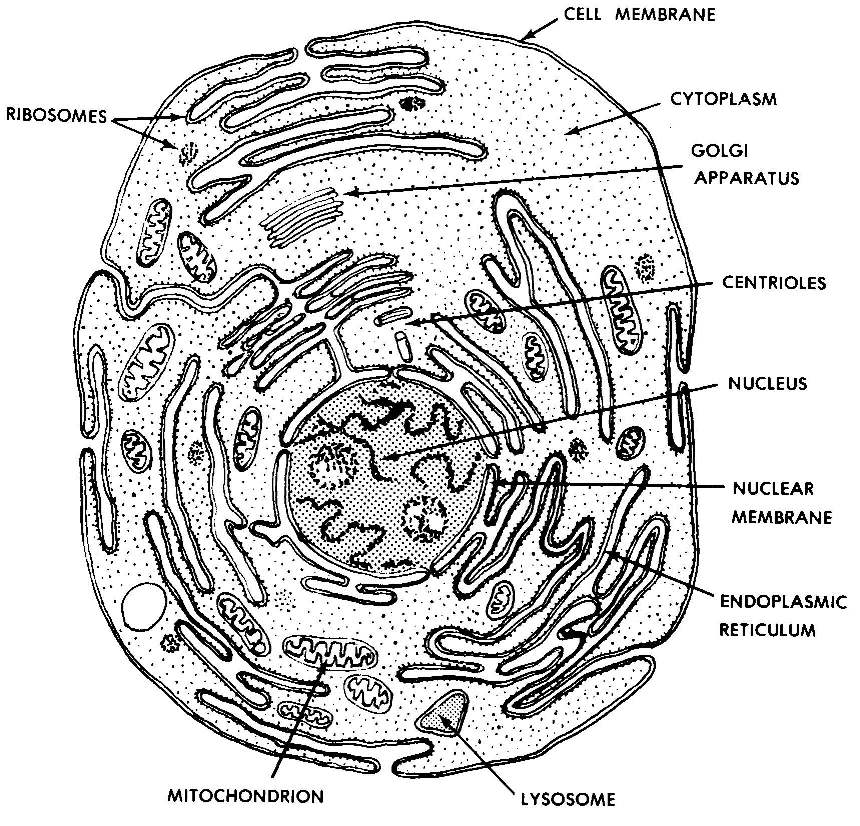
Images 01. Introduction and Terminology Basic Human Anatomy
A micrograph is a photo or digital image taken through a microscope to show a magnified image of a specimen While organelles have identifying structures, specific shapes may vary depending on the location of cross-sections Prokaryotic Cell Features Feature: none nucleoid cell wall pili flagella all Eukaryotic Cell Features
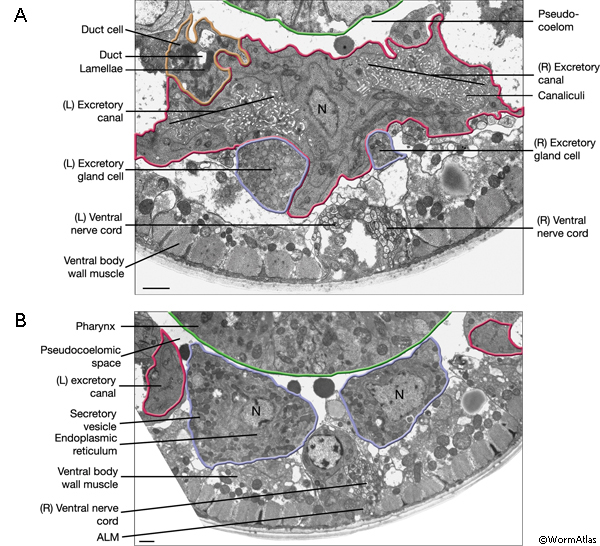
Animal Cell Electron Microscope Fun Images
Animal cell. Transmission electron micrograph of part of a mouse liver cell. In the lower frame is the cell nucleus, bound by a delicate nuclear membrane. Holes in the membrane (at right, for example) allow large molecules to pass out into the cell cytoplasm. The dark grey circles above the nucleus are mitochondria, where fats and sugars are.
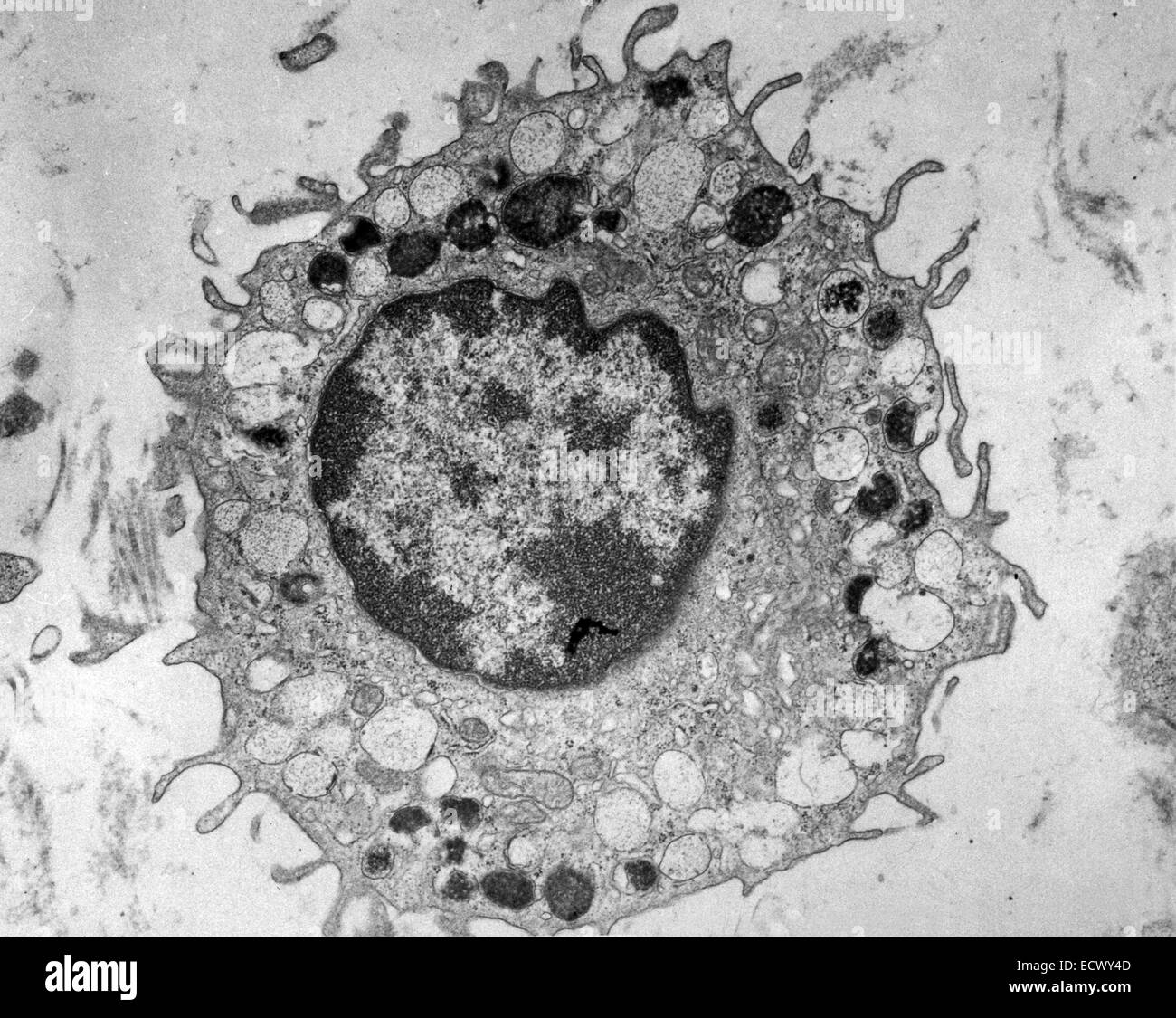
Electron micrograph of mammalian cell Stock Photo Alamy
Electron microscopy (EM) uniquely visualizes cellular structures with nanometre resolution. However, traditional methods, such as thin-section EM or EM tomography, have limitations in that they.

Transmission electron micrograph of an animal cell Stock Image G450/0052 Science Photo Library
Figure 3 Electron micrograph showing two cells of the bacterial species Neisseria meningitidis immunolabelled with a primary antibody that recognises an oligosaccharide, followed by a secondary antibody that has been coupled to individual 15 nm gold particles. Note that the cytoplasm has uneven electron density.. In animal cells.

Electron Micrograph Of A Plant Cell
A microscope is an instrument that magnifies objects otherwise too small to be seen, producing an image in which the object appears larger. Most photographs of cells are taken using a microscope, and these pictures can also be called micrographs. From the definition above, it might sound like a microscope is just a kind of magnifying glass.
clothes and stuff online Animal Cell Electron Micrograph
3 The Plasma Membrane 3.1 How substances move across the Plasma Membrane 4 The Cytoplasm 4.1 a) Cytosol 4.2 b) Cell inclusions 4.3 c) Organelles 4.3.1 Ribosomes 4.3.2 Endoplasmic reticulum 4.3.3 Mitochondria 4.3.4 Golgi Apparatus 4.3.5 Lysosomes 4.4 d) Microfilaments And Microtubules 5 The Nucleus 5.1 Chromosomes 6 Cell Division

Hepatocyte (liver cell) various organelles including the nucleus, lysosomes, mitochondria and
The transmission electron microscope (TEM) is used to examine thin slices or sections of cells or tissues close tissue A group of similar cells that carry out the same function, eg muscle tissue..

Solved label the ectron micrograph of an animal cell.
There are two types of electron microscope: the transmission electron microscope (TEM) is used to examine thin slices or sections of cells or tissues the scanning electron microscope.
clothes and stuff online Animal Cell Electron Micrograph
Electron micrographs of eukaryotic animal cells. Figure 4.24 TEM of a pancreas acinar (exocrine) cell. Figure 4.25 TEM of part of a eukaryotic cell. Figure 4.26 TEM showing a large and active Golgi apparatus. Figure 4.27 This electron micrograph shows the close relationship between rER and the Golgi apparatus. Figure 4.28 TEM of a mitochondrion.